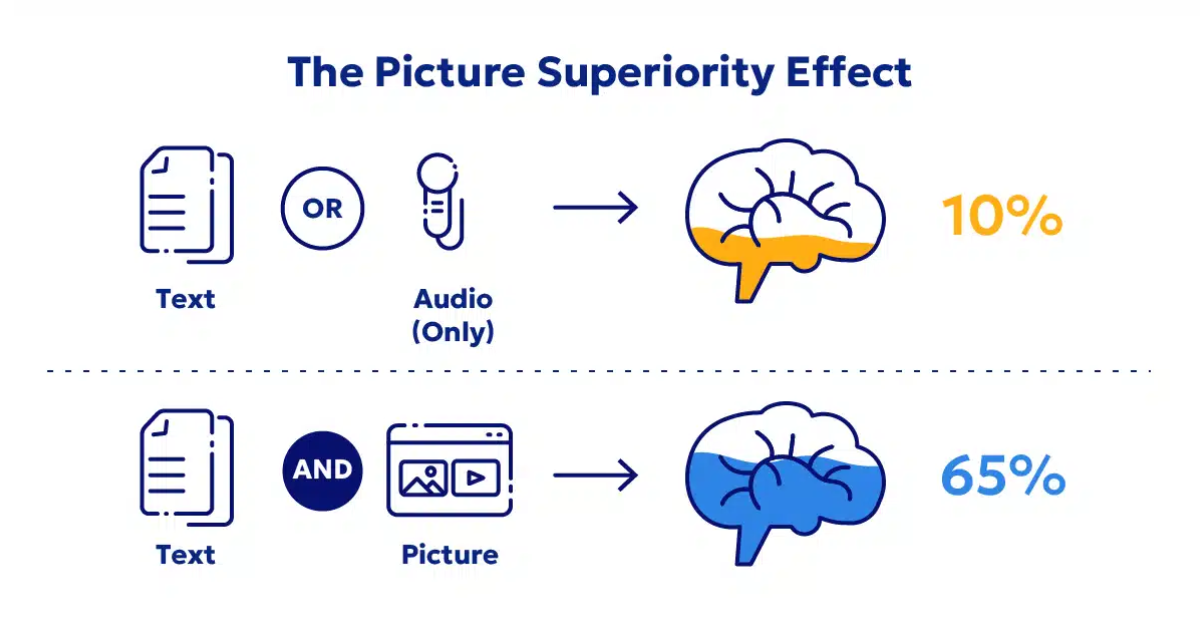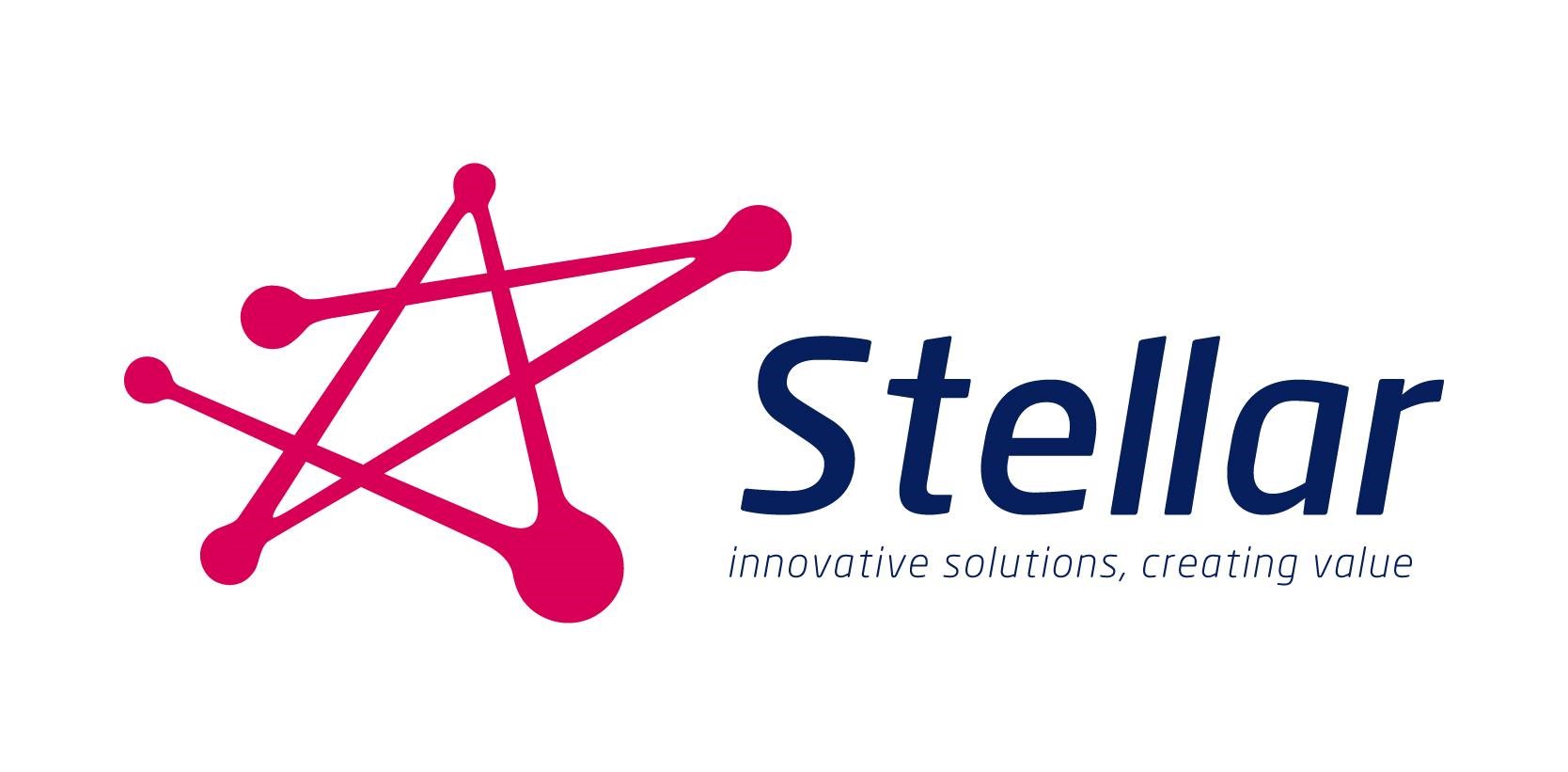Interactive Visual Aids (IVAs) are dynamic tools, ranging from animations, videos, AR/VR content, and clickable presentations that pharmaceutical sales representatives use to capture the attention of healthcare professionals (HCPs) and drive meaningful engagement. As a central element in e-detailing, IVAs elevate medical conversations by offering an interactive layer to traditional sales presentations. While e-detailing may also involve static content, the real power lies in the interactive elements; buttons, charts, infographics, and diagrams that prompt HCPs to explore, respond, and retain.
Role of IVAs in Pharma
Before visiting the HCP’s office, sales representatives clarify their key message. The goal is to ensure the provider understands this message and is ready to act on it. Here are the main benefits of IVAs that help reps achieve this objective:
Complex data simplifiede
Pharmaceutical products often come with complex scientific explanations; covering pharmacokinetics, mechanisms of action, trial data, and clinical outcomes. Even though HCPs are trained to interpret this information, time constraints make it difficult to fully absorb everything during brief meetings.
IVAs allow healthcare professionals to grasp the data quickly. When they clearly understand a product, they are more likely to trust the pharmaceutical company and choose its drugs for prescriptions over those from competitors they do not fully comprehend.
Improved retention
To stay top-of-mind with healthcare professionals, pharmaceutical companies need more than a single interaction, they need to create experiences that are memorable and engaging. Interactive Visual Aids (IVAs) play a crucial role in this by making content more impactful in two key ways:
First, visuals are significantly more memorable than text. This is due to the Picture Superiority Effect, which shows that people retain images better because they activate both visual and verbal parts of the brain. Visuals such as animations, charts, and diagrams are processed almost instantly, research suggests in as little as 13 milliseconds; making them hard to ignore, even if the HCP doesn’t fully engage with the surrounding content.

Second, the interactive nature of IVAs encourages active participation. When HCPs engage directly with the content through clicks, navigation, or quizzes, they're more likely to remember the information. This kind of interaction strengthens recall and reinforces the key messages long after the meeting ends.
Effective communication
In the healthcare sector, decision-making often involves multiple parties including physicians, hospital administrators, and procurement teams. For sales representatives, gaining alignment from all these stakeholders can be challenging.
Interactive Visual Aids (IVAs) help streamline this process by making complex information easier to understand and share. With visually engaging and interactive content, HCPs can confidently present the product’s value to other decision-makers, facilitating faster, more informed consensus.
Key Strategies for Adopting IVAs
While many pharmaceutical companies are eager to invest in the development of Interactive Visual Aids (IVAs), actual adoption among sales reps remains relatively low. According to recent findings, 62% of sales reps still depend on printed promotional materials, a practice that not only increases costs but also poses regulatory compliance risks. To successfully integrate IVAs into daily workflows, companies need a strategic approach.
Leverage Both Intrinsic and Extrinsic Motivation
People are motivated by two types of drives: intrinsic and extrinsic. Intrinsic motivation comes from within things like a sense of accomplishment or enjoyment. To tap into this, create an environment where sales reps can enjoy building IVAs or set goals that allow them to feel they have reached milestones.
Medical representatives are more likely to embrace a new trend when they understand its benefits. With current low adoption rates, companies need to do a better job communicating the advantages of IVAs. It is essential to clearly show what’s in it for reps, not just for the company.
Extrinsic motivation refers to external factors that influence a person’s behavior. To encourage IVA adoption, consider offering compensation or bonuses to your sales team. Remember to highlight their efforts during team meetings. People are inherently social, and recognition boosts their external motivation.
Ensure compatibility
For sales reps to accept new tools like IVAs, they need to feel that these tools match their current way of working. If they believe printed materials are already effective, they may see IVAs as a difficult or risky change.
To avoid resistance, pharma companies should present IVAs as a helpful addition not a replacement to what reps already do. Show how IVAs can fit smoothly into their daily routine.
Support this with real data. Share examples where reps using IVAs saw better results than those using only printed brochures. When reps see the value clearly, they’re more likely to get on board
How to Present IVAs to Your Audience
How you present your Interactive Visual Aids (IVAs) can make a big difference. A well-delivered IVA can capture an HCP’s attention and strengthen your message, while a poorly presented one can do the opposite. Here’s how to make sure your IVAs have the right impact:
Create a realistic scenario
Your IVA should reflect real challenges that HCPs face. Use content that highlights their daily problems and clearly shows how your product offers a solution. For example, a 3D animation can explain how the drug works, or an interactive chart can present clinical trial results in a simple way.
Facilitate interaction
Although IVAs include interactive elements, this does not guarantee interaction. HCPs might ignore clickable elements on your diagram or skip a built-in quiz. Your challenge is to re-engage them by encouraging actions like pressing buttons, answering questions, or providing feedback.
One way to achieve this is through gamification. For example, you could require HCPs to complete a quiz to unlock access to product benefits. This type of interaction can help medical reps create positive impressions, spark curiosity, and build trust.
Follow up
Your interaction with HCPs shouldn’t end after the face-to-face visit. Following up is important to remind them of your product’s value. You can use IVAs in follow-up emails to highlight key points or share a quick summary of your main message. IVAs can also be sent as standalone tools that HCPs can revisit later or share with others involved in making decisions.
In today’s fast-moving world, getting and keeping attention is crucial. IVAs help grab interest and encourage HCPs to learn more—but they need to be well-designed, clearly presented, and smoothly integrated into your team’s workflow to be truly effective.
Conclusion
Interactive Visual Aids (IVAs) are transforming how pharmaceutical companies communicate with healthcare professionals. By turning static sales content into engaging, interactive experiences, IVAs make it easier for HCPs to understand complex data, retain key messages, and share product value with other stakeholders.
However, to fully realize the benefits of IVAs, pharma companies must go beyond simply developing the tools they must ensure thoughtful presentation, align IVAs with reps' workflows, and motivate adoption through clear value, recognition, and support. With the right strategy, IVAs not only enhance the quality of sales conversations but also strengthen trust, improve decision-making, and position brands as forward-thinking partners in healthcare.


 in Pharma Marketing.png)